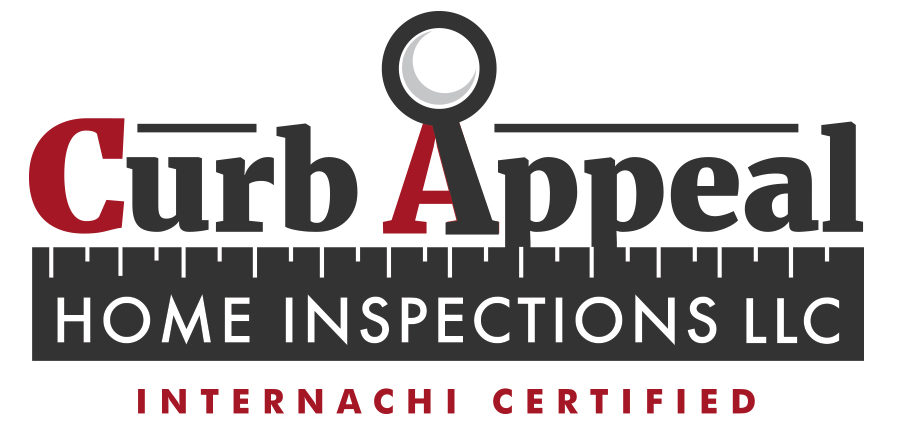What is Radon?
Radon is a naturally occurring radioactive gas released in rock, soil, and water that can build up to dangerous levels inside any home; this means new and old homes, well-sealed and drafty homes, and homes with or without a basement. Radon gas is odorless and invisible and the only way to know if your home has a radon problem is to test for it.
Breathing radon can increase your risk of lung cancer. Radon is the number one cause of lung cancer among people who do not smoke. It is the second leading cause of lung cancer for people who do. EPA
estimates that radon causes more than 20,000 deaths from lung cancer each year in the U.S. If you smoke and your home has a high radon level, your risk of lung cancer can increase even more.
Where can you find Radon?
Homes with high levels of radon have been found in every state. In fact, radon levels can vary greatly from home to home--even levels next door can be very different.
Radon is measured in picocuries per liter of air (pCi/L), a measurement of radioactivity. In the United States, the average indoor radon level is about 1.3 pCi/L. The average outdoor level is about 0.4 pCi/L. The U.S. Surgeon General and EPA recommend fixing homes with radon levels at or above 4 pCi/L. EPA also recommends that people think about fixing their homes for radon levels between 2 pCi/L and 4 pCi/L.
How do you get Radon?
Radon is a radioactive gas. It comes from the natural decay of uranium that is found in nearly all soils. It typically moves up through the ground to the air above and into your home through cracks and other holes in the foundation. Your home traps radon inside, where it can build up. Any home may have a radon problem. This means new and old homes, well-sealed and drafty homes, and homes with or without basements.
Radon from soil gas is the main cause of radon problems. Sometimes radon enters the home through well water. In a small number of homes, the building materials can give off radon, too. However, building materials rarely cause radon problems by themselves.
Nearly 1 out of every 15 homes in the U.S. is estimated to have elevated radon levels. Elevated levels of radon gas have been found in homes in Wisconsin. While radon problems may be more common in some areas, any home may have a problem. The only way to know about your home is to test.
You should test for Radon!
Testing your house for radon is easy. If your house has a radon problem, it can be fixed. Fixing a radon problem reduces the risk of lung cancer for you and your family.

